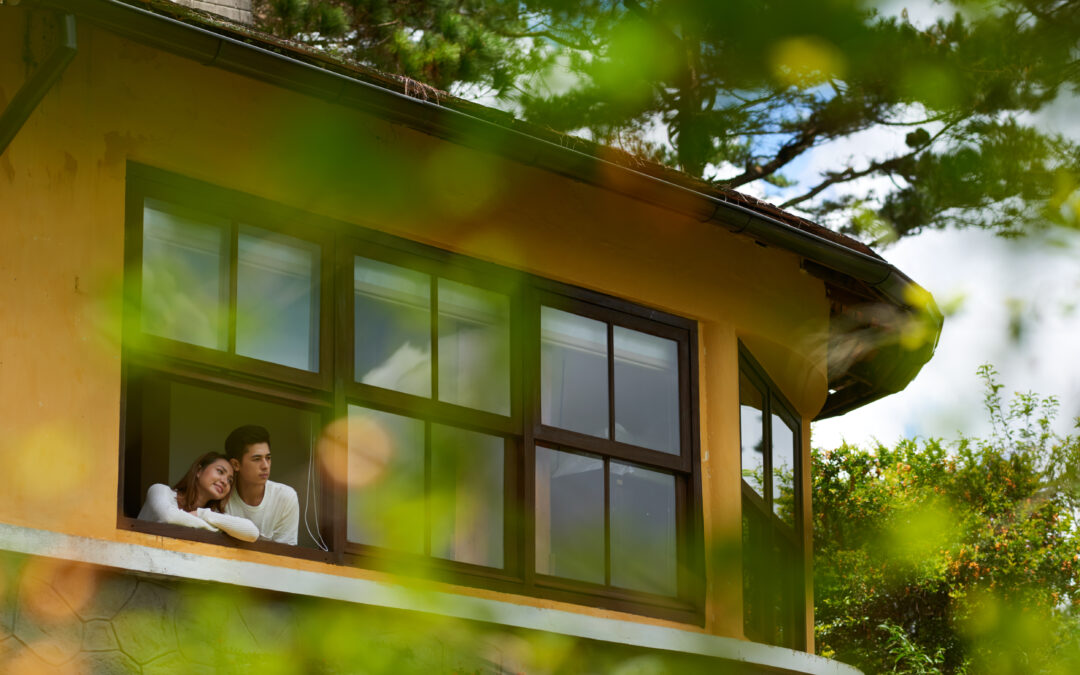The world is witnessing a growing concern for environmental conservation and sustainable living. As a result, there has been a significant shift towards eco-friendly practices, even in the real estate industry. Green homes, also known as eco-friendly or sustainable homes, are designed and built to minimize their environmental impact while promoting a healthier and more energy-efficient living environment. In this blog post, we will explore the numerous benefits of eco-friendly real estate and why it is essential to consider green homes as a viable option for both homeowners and the planet.
Reduced Environmental Footprint
One of the primary advantages of green homes is their significantly reduced environmental footprint. These homes are designed to use fewer natural resources during construction, produce less waste, and have a lower overall impact on the surrounding ecosystem. Sustainable construction materials, such as recycled or reclaimed resources, and energy-efficient systems are incorporated into the building process, reducing the need for environmentally harmful materials like concrete and steel. By opting for a green home, you are actively contributing to the conservation of natural resources and preserving the environment for future generations.
Energy Efficiency and Lower Utility Bills
Green homes utilize advanced technologies to maximize energy efficiency. Features such as solar panels, energy-efficient appliances, smart thermostats, and LED lighting help homeowners significantly reduce their energy consumption. As a result, occupants enjoy lower utility bills, making green homes not only beneficial for the environment but also financially advantageous in the long run. Over time, the savings on energy bills can offset the initial investment, making green homes a wise economic choice for homeowners.
Improved Indoor Air Quality
Conventional homes may contain harmful chemicals and volatile organic compounds (VOCs) from various construction materials and furnishings. Green homes, on the other hand, prioritize the use of non-toxic and eco-friendly materials, leading to better indoor air quality. Proper ventilation systems are also integrated into green homes to ensure fresh air circulation, reducing the risk of respiratory issues and other health problems associated with poor air quality. Better indoor air quality contributes to a healthier living environment, particularly beneficial for individuals with allergies or respiratory conditions.
Enhanced Resilience and Durability
Green homes are often constructed with durability and resilience in mind. Sustainable building practices, such as passive solar design and natural cooling systems, help regulate interior temperatures, reducing wear and tear on HVAC systems. Additionally, eco-friendly materials like bamboo and recycled steel tend to be more robust and long-lasting than traditional alternatives. As a result, green homes require less maintenance and are better equipped to withstand natural disasters, ultimately reducing repair costs and extending the lifespan of the property.
Higher Property Value and Market Demand
The demand for green homes has been steadily increasing as more homebuyers recognize the long-term benefits of sustainable living. As a result, green homes tend to have higher property values and experience a competitive advantage in the real estate market. A growing number of potential buyers are willing to pay a premium for eco-friendly features, making green homes an attractive investment for homeowners seeking long-term financial gains.
Tax Incentives and Rebates
Governments and municipalities around the world are encouraging eco-friendly practices by offering tax incentives and rebates to homeowners who invest in green homes. These incentives can include tax credits for energy-efficient upgrades, reduced property taxes, or grants for renewable energy installations. By taking advantage of these financial incentives, homeowners can further reduce the overall cost of transitioning to a green home and accelerate their return on investment.
Contribution to Climate Change Mitigation
As the real estate sector accounts for a significant portion of global greenhouse gas emissions, transitioning to green homes is an impactful step toward mitigating climate change. By reducing energy consumption, utilizing renewable energy sources, and adopting eco-friendly practices, green homes play a crucial role in curbing carbon emissions and promoting a sustainable future for our planet.
Eco-Friendly Real Estate
Green homes offer a myriad of benefits for homeowners and the environment. With reduced environmental footprints, lower utility bills, improved indoor air quality, enhanced resilience, and higher property values, eco-friendly real estate is becoming a preferred choice for conscientious homebuyers. Moreover, the positive impact on climate change mitigation and the availability of tax incentives further solidify the advantages of green homes.
As the world moves towards a more sustainable future, embracing eco-friendly real estate becomes an essential step in promoting a healthier, greener planet for generations to come. By supporting green homes and sustainable practices, we can collectively contribute to a more sustainable and resilient world. So, let’s make a conscious choice to invest in eco-friendly real estate and pave the way for a brighter and greener future.

